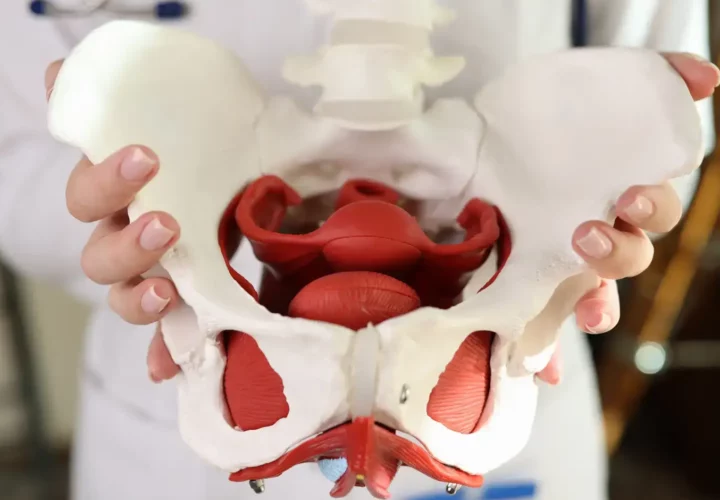Throughout our lifetime it is not uncommon for a doctor to have us monitor our blood pressure at home. It can be for reasons such as monitoring hypertension, to see if your blood pressure spikes at certain times of the day, or just to keep track of your overall health. It can also help your doctor decide what type of treatment they would like to prescribe (medication, exercise, or dietary/lifestyle changes) if any at all.
What Device to Buy
When running out to your local drugstore or logging onto good ol’ Amazon the main things to look for in a blood pressure monitor are the size of the cuff, the display, and the overall cost.
First, when deciding which device to purchase you should check to make sure the cuff is long enough to wrap around your upper arm comfortably. If there are none available that fit, check with your physician about taking your blood pressure at your arm just below the elbow instead. Finger and wrist measurements are not currently recommended by the American Heart Association. Another good deciding factor is to look for a monitor that is easy for you to read/understand. Some will have bigger print and some will have convenience features like recording all previous data to give you a good look at your average blood pressure. If it does not have this feature, you can always keep track of your measurements in a journal, whatever is easiest for you.
The final factor in choosing a monitor is the cost. There are a bunch of different blood pressure monitors online or in stores that cost between twenty to sixty dollars. The features of the monitor will slightly affect the cost but by no means do you need to buy the most expensive one out there. In fact, the one we use at Hohman Rehab costs around thirty dollars at a Walmart, works very well, and is user friendly. So again look at what is important to you (screen/features), check the size of the cuff, and read reviews online if possible to help in deciding which monitor will be right for you.
Quick Tips When Taking Blood Pressure at Home
- Avoid caffeine, alcohol, and nicotine 30 minutes before you take your reading.
- Sit quietly for a few minutes with your back supported and your feet on the floor.
- During testing, rest your arm so your elbow is at the level of your heart.
- Wrap the cuff over the bare skin of your upper arm. Measure your blood pressure according to the machine’s instructions. Leave the deflated cuff in place, wait a minute, then take a second reading. If the readings are close, average them. If not, take a third reading and average the three.
- Repeat the procedure on the other arm if needed.

When to Alert Physician of Blood Pressure Measurements
When first discussing with your doctor on monitoring your own blood pressure, you should ask for a goal of where your physician would like to see your BP range at based on your age and overall health. If you are consistently measuring out of this range at home (2 or more readings throughout the day) you should contact your doctors office as this may signify need for further treatment/intervention. For reference I have posted the current blood pressure ranges from the American Heart Association as well.



